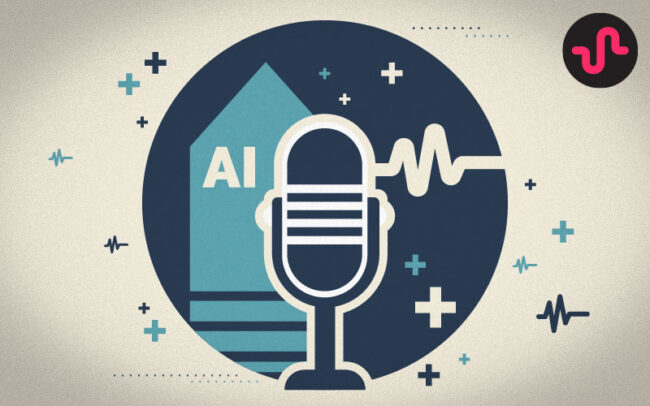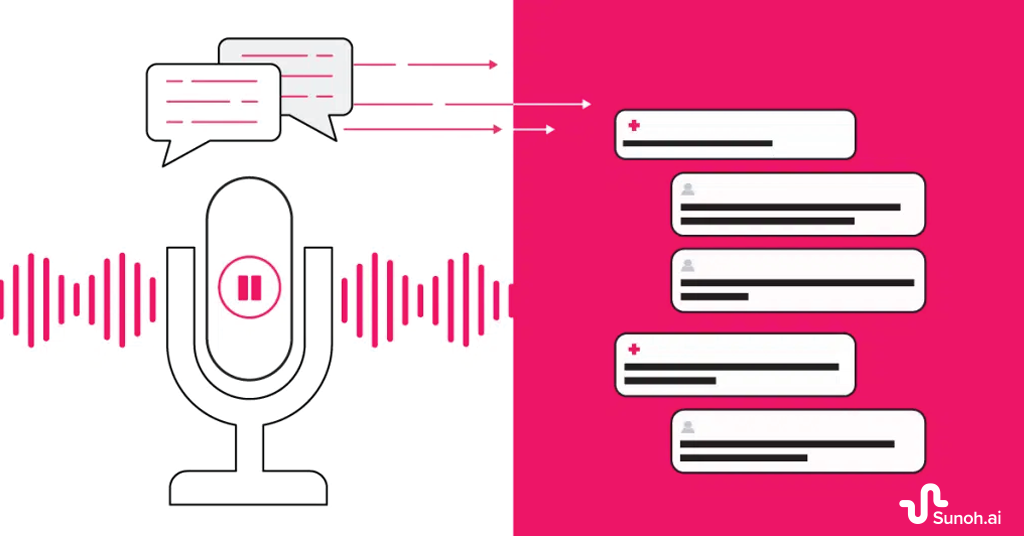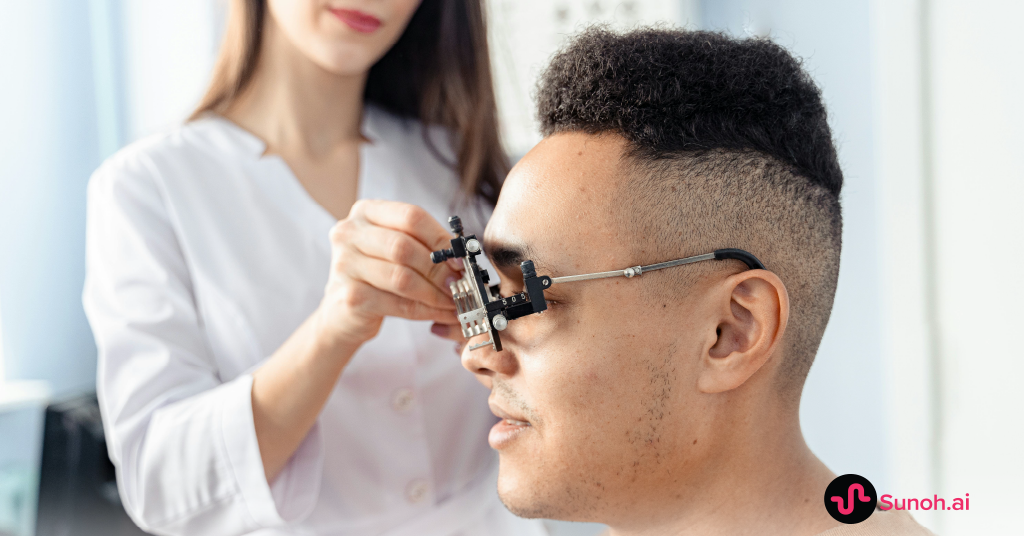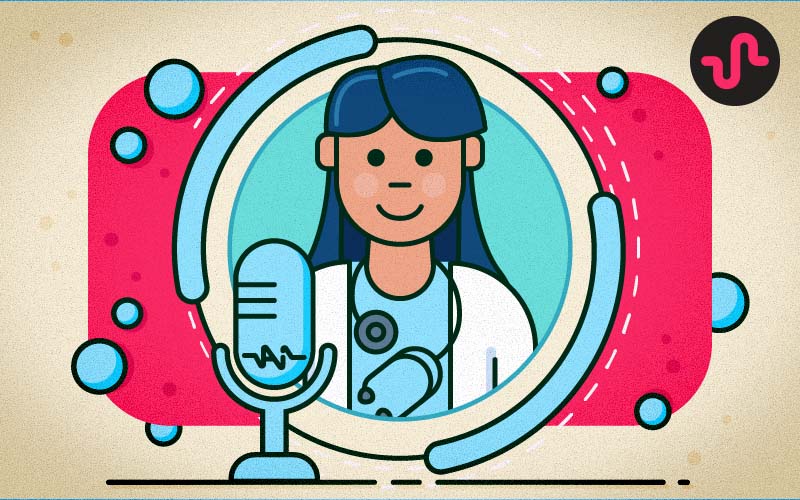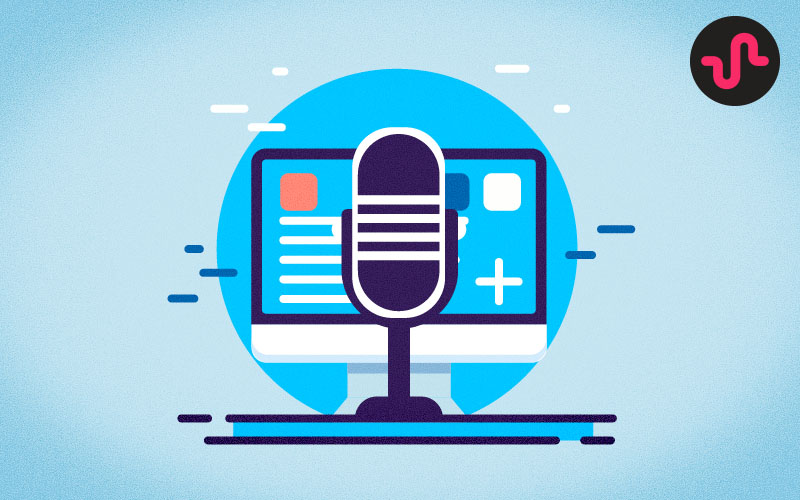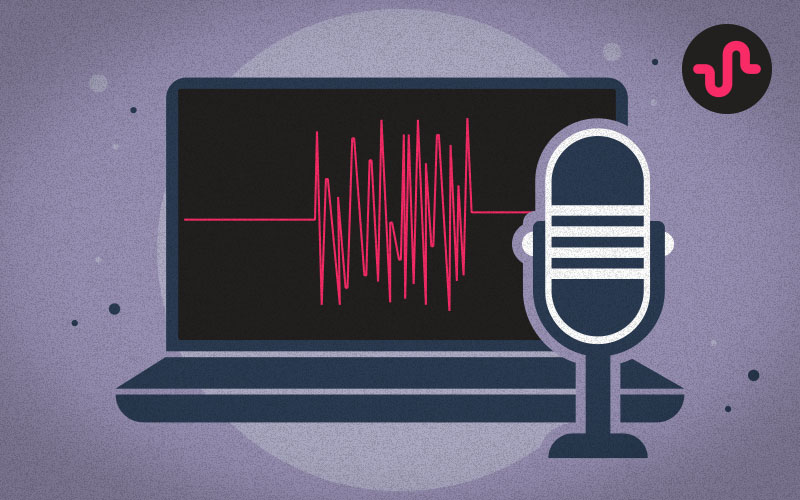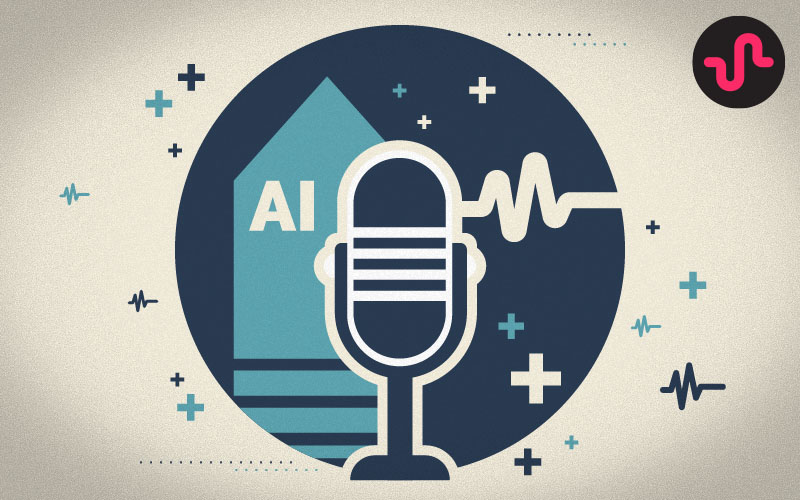By many measures, Americans in 2024 live in the best of medical worlds. With remarkable advances in drug development, patient communications, exchange of medical information, data analytics, and genetic and personalized medicine, the odds of living a long, healthy life have never been better.
However, translating scientific advances into better health depends upon ensuring that the needs of healthcare providers are met. Healthcare providers today face many challenges, chief among them a projected shortage of doctors and rising risks of burnout.
While there are many strategies that can help, one is worth noting: Medical scribes. To be more specific, a new generation of virtual medical scribes that take advantage of the remarkable power of artificial intelligence, never tire, and — unlike their human counterparts — rarely make mistakes and never take coffee breaks.
And among the virtual medical scribes on the market today, one — Sunoh.ai — is leading the way to a faster and better world of medical documentation.
